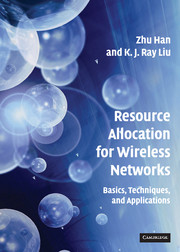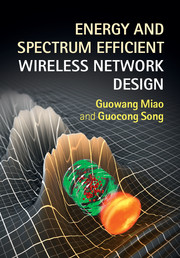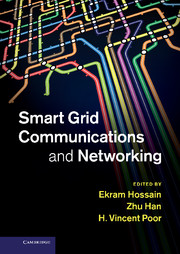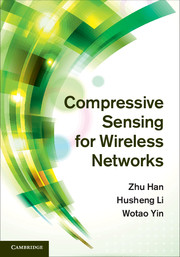Resource Allocation for Wireless Networks
Merging the fundamental principles of resource allocation with the state-of-the-art in research and application examples, Han and Liu present a novel and comprehensive perspective for improving wireless systems performance. Cross-layer multiuser optimization in wireless networks is described systematically. Starting from the basic principles, such as power control and multiple access, coverage moves to the optimization techniques for resource allocation, including formulation and analysis, and game theory. Advanced topics such as dynamic resource allocation and resource allocation in antenna array processing, and in cooperative, sensor, personal area, and ultrawideband networks, are then discussed. Unique in its scope, timeliness, and innovative author insights, this invaluable work will help graduate students and researchers to understand the basics of wireless resource allocation whilst highlighting modern research topics, and will help industrial engineers to improve system optimization.
- Presents a unified framework for optimizing the allocation of wireless resources under different network operating conditions
- Covers cross-layer optimization, and emerging applications such as ad hoc sensor networks and ultrawideband wireless systems
- Contains practical examples
Product details
April 2009Adobe eBook Reader
9780511500374
0 pages
0kg
119 b/w illus.
This ISBN is for an eBook version which is distributed on our behalf by a third party.
Table of Contents
- Preface
- 1. Introduction
- Part I. Basics Principles:
- 2. Wireless networks: an introduction
- 3. Power control
- 4. Rate adaptation
- 5. Multiple access and spectrum access
- Part II. Optimization Techniques for Resource Allocation:
- 6. Optimization formulation and analysis
- 7. Mathematical programming
- 8. Integer/combinatorial optimization
- 9. Game theory
- Part III. Advanced Topics:
- 10. Resource allocation with antenna-array processing
- 11. Dynamic resource allocation
- 12. Resource allocation for cooperative networks
- 13. Game-theoretic approaches for resource allocation
- 14. Ad hoc/sensor/personal-area networks
- 15. Resource allocation for wireless multimedia
- Bibliography
- Index.










